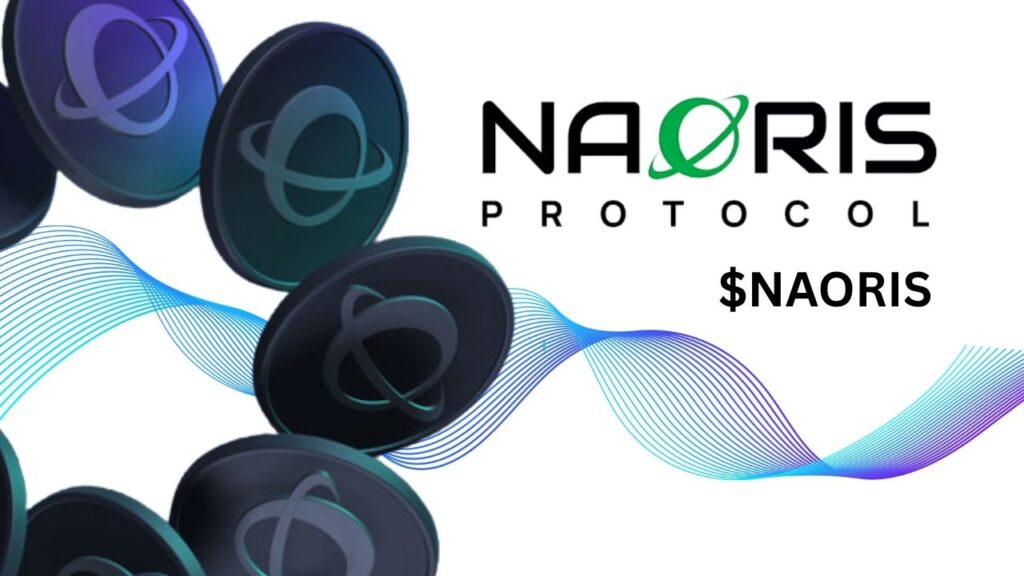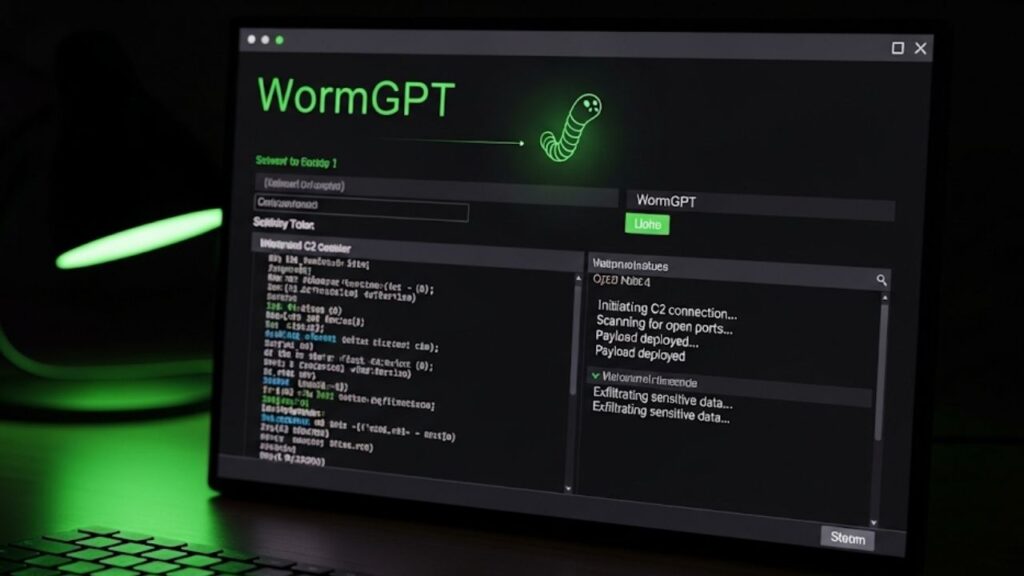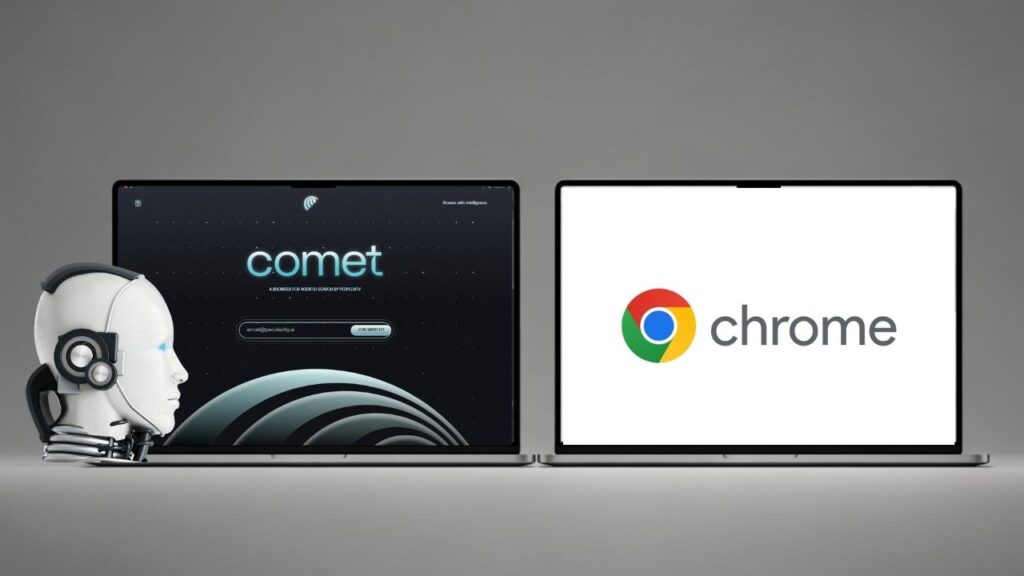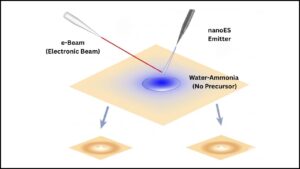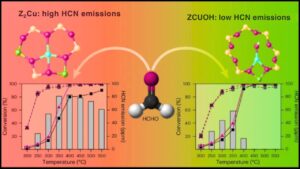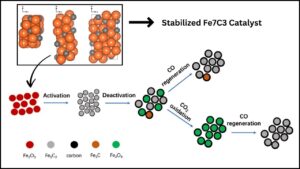Tesla announced the recall of more than 76,000 vehicles in the United States, triggered by a defect that may increase the risk of a crash. The recall covers certain recent-model vehicles, though public sources currently do not list all impacted model years or exact build dates.
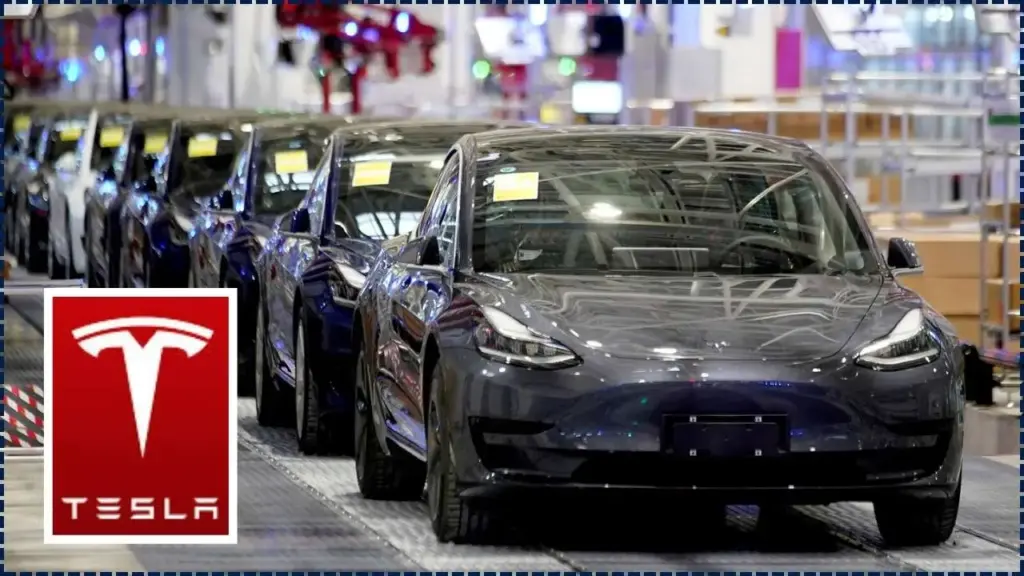
According to Tesla’s official support site, “if your Tesla is included in a recall, service to address the issue will be provided for free regardless of age or mileage.”
Table of Contents
Tesla Faces New Recall Impacting Over 76,000 Vehicles
| Key Fact | Detail / Statistic |
|---|---|
| Number of vehicles affected | Over 76,000 U.S. vehicles |
| Automaker | Tesla, Inc. |
| Remedy offered | Free service/repair update for affected vehicles |
| Regulatory context | Oversight by the U.S. National Highway Traffic Safety Administration (NHTSA) |
What the Recall Involves
While Tesla has not yet publicly published the full technical details of the defect beyond the recall notice, external reporting indicates the issue may involve a battery pack contactor in certain 2025 Model 3 and 2026 Model Y vehicles that could open unexpectedly, resulting in a loss of propulsion.
Why the Recall Matters
Manufacturing, Software and Electric-Vehicle Complexity
This recall is significant because it illustrates how complex the modern electric vehicle (EV) ecosystem has become. Not only must manufacturers ensure mechanical reliability, but they also must manage electronic control systems, battery management software and over-the-air (OTA) updates.
According to Dr. Karen Osborn, a systems researcher at the Smithsonian’s National Museum of Natural History, “As vehicles incorporate more software and sensors, the margin for latent defects increases. What once was a mechanical recall can now involve firmware or connectivity failures.”
For Tesla, which has built much of its reputation on advanced software delivery via OTA updates, the recall highlights the tight integration of software and hardware—and the reputational risk when defects arise.
Regulatory and Industry Implications
The recall comes at a time when the U.S. auto-safety regulator, the National Highway Traffic Safety Administration (NHTSA), is intensifying its oversight of Tesla and the broader EV sector. Earlier this year, Tesla recalled nearly 380,000 vehicles over a power-steering assist failure.
Consumer-advocacy groups and regulatory observers say that such episodes may lead to tighter regulatory scrutiny, greater demands for transparency and heightened standards for EV manufacture and software reliability. Analysts also note that the recall may affect Tesla’s brand perception, warranty exposure and future product launch dynamics.
A Closer Look: What We Know and Don’t
Known Information
- The recall covers over 76,000 U.S. vehicles.
- Tesla states that service for affected vehicles will be free regardless of vehicle age or mileage.
- Some external reports suggest the issue involves the battery pack contactor in certain 2025 Model 3 and 2026 Model Y builds.
What Remains Unclear
- The exact list of models, build years and production date ranges has not been publicly confirmed by Tesla at this time.
- The full technical description of the defect is yet unpublished in detail, meaning owners may not yet know how the fault manifests or its risk probability.
- The number of vehicles that actually experienced failure is unclear, as Tesla has not yet disclosed crash or injury data specific to this recall.
- The specific remedy—whether it is purely an OTA software fix or requires hardware replacement—has not been widely clarified.
Historical Context: Tesla’s Recall Record
Tesla’s recent recall history provides important context. For example:
- In February 2025, Tesla recalled nearly 380,000 vehicles in the U.S. over a power-steering assist issue. (Reuters)
- In December 2024, Tesla recalled about 700,000 vehicles—including several Model 3, Model Y and Cybertruck models—for a tire-pressure-monitoring system (TPMS) warning-light malfunction.
This pattern underscores advanced technical challenges in EV production and reflects how Tesla’s rapid expansion and complex product portfolio may increase recall exposure.
Guidance for Tesla Vehicle Owners
Owners of Tesla vehicles should take the following steps to ensure their vehicle’s safety:
- Check your VIN: Visit Tesla’s official recall page and input your Vehicle Identification Number (VIN) to determine if your vehicle is included.
- Watch for official notifications: Tesla and NHTSA usually send letters or electronic notices to affected owners with instructions on next steps.
- Follow recommended actions: The remedy may involve an OTA software update or service visit. Ensure the update is applied or scheduled.
- Take interim precautions if advised: If Tesla notifies that certain driving conditions must be avoided pre-remedy, follow those instructions until the fix is complete.
- Contact Tesla or NHTSA if needed: If you believe your vehicle is affected but you have not been notified, contact Tesla customer support or check the NHTSA recall database.
Industry Impact and Competitive Dynamics
The recall sheds light on broader trends shaping the automotive sector:
- Increased reliance on software updates: Many modern recalls, including those by Tesla, are remedied via OTA updates rather than traditional service visits—changing how manufacturers address safety problems.
- Brand and financial exposure: Recalls can affect resale values, brand trust and potential liability costs for automakers. The timely and effective execution of a remedy can influence investor perceptions.
- Competitive pressure: As Tesla and other EV makers launch new models and software capabilities, safety performance and recall history are increasingly part of buyer decisions.
Related Links
Massive Recall Affects Over 1.1 Million Vehicles: Ford, Dodge, Nissan Cite Safety Issues
Outlook: What to Watch
Tesla is likely to publish a detailed recall bulletin in the coming days or weeks, specifying all impacted models, production date ranges, the technical nature of the defect and the remedy timeline. The NHTSA will review the recall to assess whether it fully addresses the safety risk and whether further steps—such as an investigation—is needed.
How Tesla manages owner communication, the remedy execution and any follow-up recalls will be closely watched by regulators, competitors and consumers alike. The effectiveness of the response will influence not only Tesla’s reputation but also broader expectations for software-first automakers in the EV era.
FAQ About Tesla Faces New Recall
Which Tesla vehicles are included in the recall?
The recall affects over 76,000 U.S. vehicles; early external reporting cites certain 2025 Model 3 and 2026 Model Y builds, though Tesla has not yet publicly confirmed full details.
Do owners have to pay for the remedy?
No. Tesla has stated that service to address the recall will be provided free of charge, regardless of vehicle age or mileage.
How can I check if my vehicle is affected?
Visit Tesla’s official recall page and enter your VIN, or check the database on the NHTSA website.


